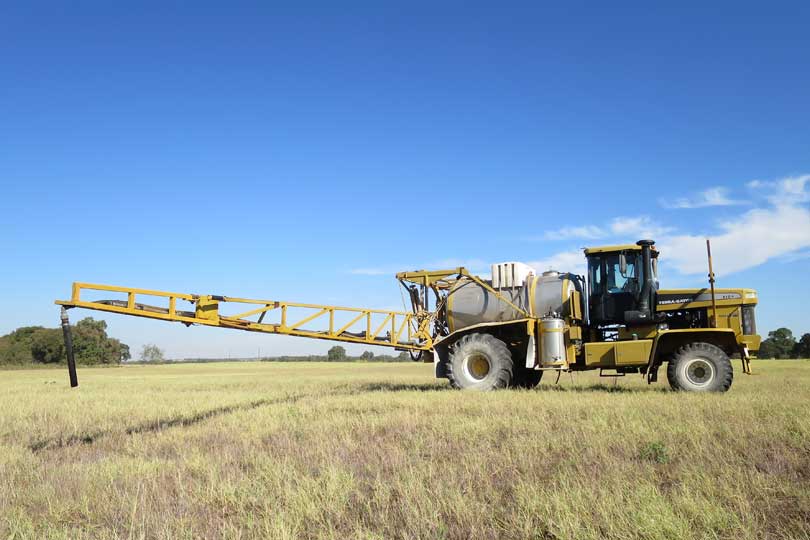By Jennifer Whitlock
Field Editor
Farm and ranch groups are frustrated with the final biological evaluations made by the U.S. Environmental Protection Agency (EPA) on atrazine, glyphosate and simazine.
Grower organizations, including American Farm Bureau Federation (AFBF), say EPA failed to take the groups’ comments and real-world scenarios into account before releasing the evaluations showing the three common farm herbicides are “likely to adversely affect” certain listed endangered or threatened species or designated critical habitats.
The agency used unrealistic assumptions about how farmers and ranchers use these chemicals, according to AFBF and the American Soybean Association (ASA).
As an example, the biological evaluation for glyphosate assumed soybean farmers apply 3.75 pounds per acre per application, but a U.S. Department of Agriculture (USDA) survey shows the true rate is only one pound per acre—nearly four times less.
“We are disappointed EPA was presented with real-world evidence of limited pesticide use but failed to use the most accurate data in its biological evaluations. By overestimating the use of these crop protection tools, the EPA also overestimated the impact on species,” AFBF President Zippy Duvall said. “Herbicides are vital tools in climate-smart farming because they enable farmers to use minimum tillage practices and fewer resources to raise their crops. EPA must take a well-rounded approach to its biological evaluations and use best available data when deciding on rules that will affect how farmers grow healthy crops.”
It’s frustrating, the groups say, because the “likely to adversely affect” designation means EPA may reasonably expect at least one individual animal or plant from federally listed threatened or endangered species may be exposed to the pesticide at a sufficient level to cause an adverse effect. Experimental populations and species proposed as candidates for listing are included in the definition of “listed species,” too.
And the potential harm to one individual plant or animal isn’t weighed against whether a species’ population is almost recovered to the point of being delisted, Texas Farm Bureau (TFB) Associate Director of Commodity and Regulatory Activities Brant Wilbourn said.
“EPA isn’t making a balanced decision here by completely ignoring input and data provided by farmers, ranchers and other credible sources in agriculture,” he said. “In releasing these biological evaluations, EPA is only encouraging consumer suspicion of important crop protection tools like glyphosate, which is the most widely used herbicide in the world. If we lost access to glyphosate, farming as we know it—and accompanying yields—would change drastically.”
Now EPA must consult with U.S. Fish and Wildlife Service and the National Marine Fisheries Service on hundreds of additional species, which Wilbourn noted would have otherwise been unnecessary if EPA had used more data in its decision-making process.
“In having to further consult with those other agencies, EPA has significantly slowed the herbicide evaluation process,” Wilbourn said. “The resulting product restrictions will probably do nothing to actually protect threatened species while increasing farmer and rancher regulatory burdens and costs.”
Frequently asked questions regarding the final biological evaluations are available here. The final biological evaluations for each herbicide are available at the links below.

